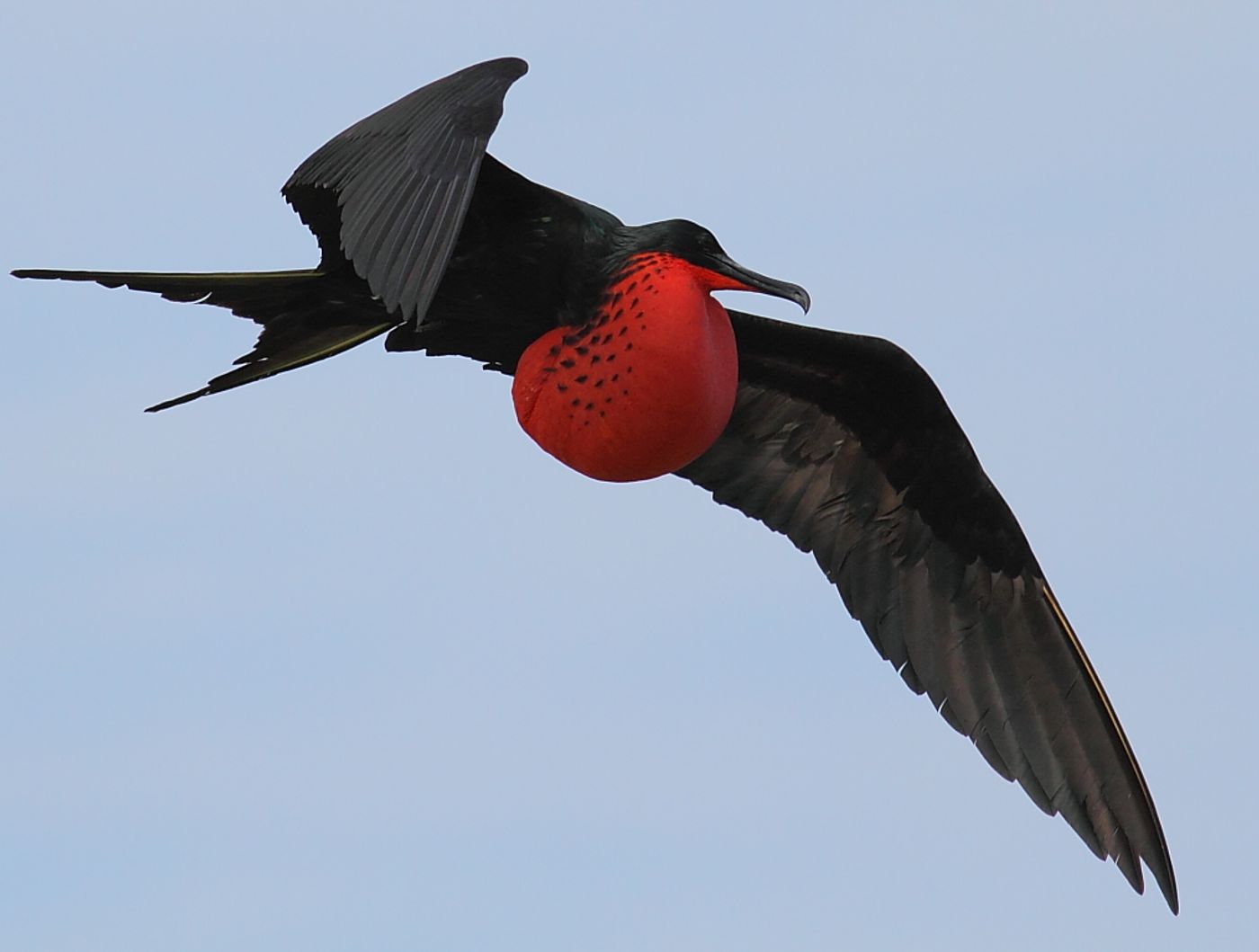Study Confirms Some Birds Sleep While Flying
A lot of birds spend a lot of time in the skies, and yet they still need to sleep. As a result, there has long been the lingering idea that birds may actually be able to snooze while cruising.
A new study that has been published in the journal Nature Communications may actually verify this hypothesis.
During the study, 14 frigatebirds were fitted with special brain wave-monitoring devices that allowed the scientists to observe their brain data while they flew. These birds made great candidates for the testing, because they’ve been known for fly for weeks at a time in search for food, and scientists wanted to know how they were able to fly non-stop like that.
It was discovered that even while flying, the birds were capable of resting their brains at 12-second intervals. During these momentary naps in the air, sometimes only part, or even all, of their brain would exhibit inactivity.
“Some people thought that all their sleep would have to be unihemispheric otherwise they would drop from the sky,” said Niels Rattenborg from the Max Planck Institute for Ornithology. “But that's not the case — they can sleep with both hemispheres and they just continue soaring.”
Despite the full brain being in sleep mode in some cases, it would appear that the birds have an innate ability to stay in the air without falling like lead bricks. The naps were mostly observed in low-risk places in the air were gusty winds were unlikely, as to conserve energy and make napping possible.
The data from the monitoring devices also showed that while the birds mostly exhibited slow sleep wave (SSW) patterns while flying, there were even times where they would exhibit rapid eye movement (REM) patterns for short periods of time.
This may actually be the key to the birds’ unique ability. While most mammals have longer periods of REM sleep, birds don’t seem to go through it nearly as long. In fact, a few seconds at the most is the average.
This ultimately allows the animals to cheat the natural sleep cycle that we’re all used to and lets them fly even while they’re sleeping so they can stay in the air, away from larger predators, while they hunt.
Source: EurekAlert









